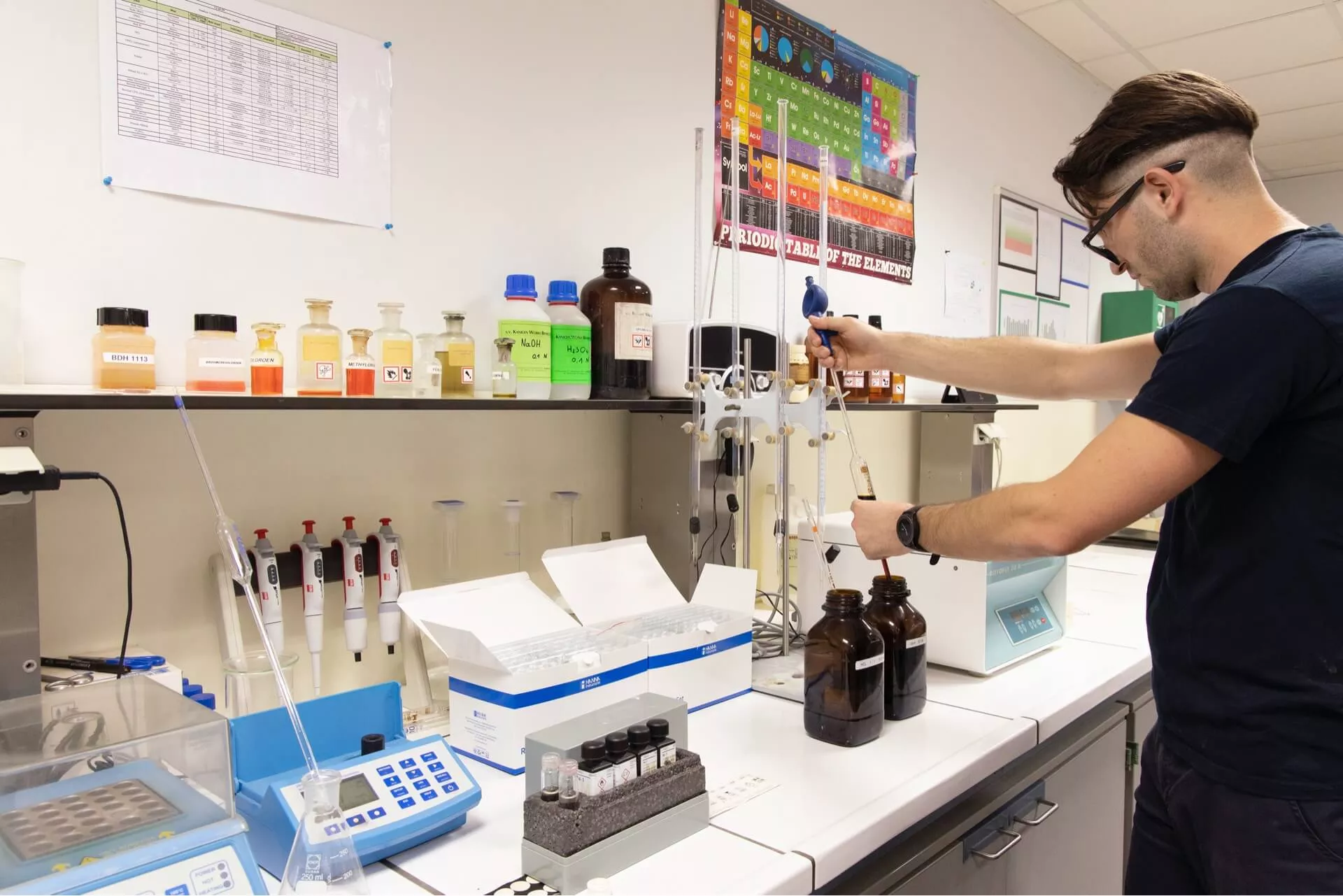
The Kanigen® process

The Kanigen® process, where Kanigen stands for KAtalytic NIckel GENeration, was developed by GATX (General American Transport Corporation) in the late 1950s to protect storage tanks for the transport of caustic soda. This constituted the first commercial application of the electroless nickel process.
Kanigen® Nickel is a nickel-phosphorus alloy (9-12 wt% P) obtained via the catalytic reduction of a nickel salt during its liquid phase using an alkaline hypophosphite and the addition of heat, but without adding sources of electricity.
The hypophosphite is partialy oxidized to phosphite and partly reduced to phosphorus. It is this phosphorus which is found in the nickel coating and contributes to its mechanical and chemical properties. The high phosphorus content (> 8,5 wt% P) results in the amorphuous (X-Ray amorph) properties of the deposit, which offers excellent protection against corrosion.
In contrast to electrolytic processes, Kanigen®’s electroless process results in a very uniform coating that can also be applied with great accuracy.
Kanigen Group always employ their own nickel deposition baths following the Kanigen® process which complies with European ELV, WEE and RoHS directives. The company also complies with the European chemical regulation REACH, which has been integrated into its ISO 9001:2015 quality management system, which is implemented at both our production sites.

The processes are also compatible with section 1502 of the U.S. legislation known as the 'Dodd-Frank Act', California's Proposition 25, along with European initiatives concerning tantalum, tin, gold, tungsten or their so-called 'covered minerals' derivatives.
The Kanigen® brand name is still protected and only Kanigen Group has the right to use the brand name in the Netherlands, Belgium, Luxembourg and France.


